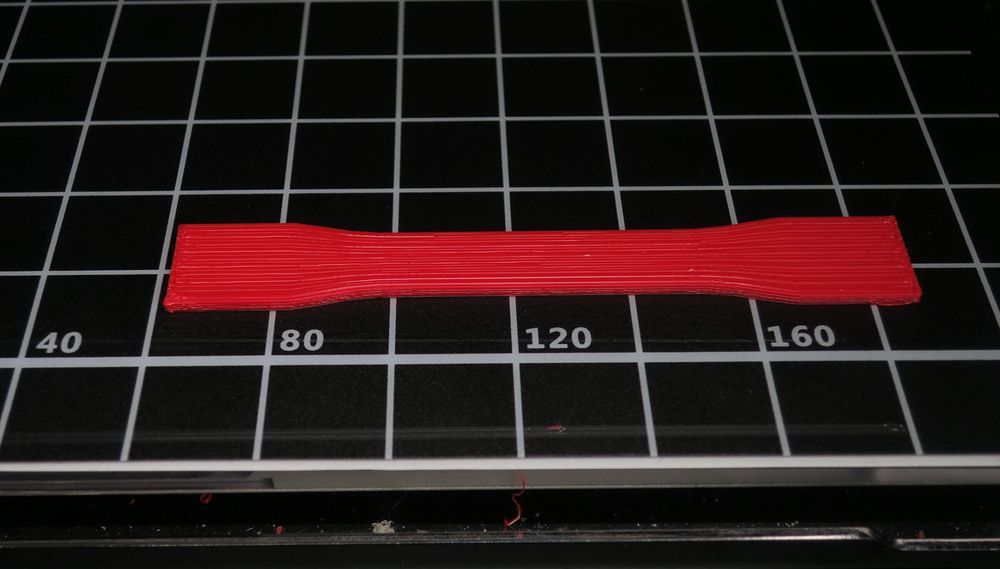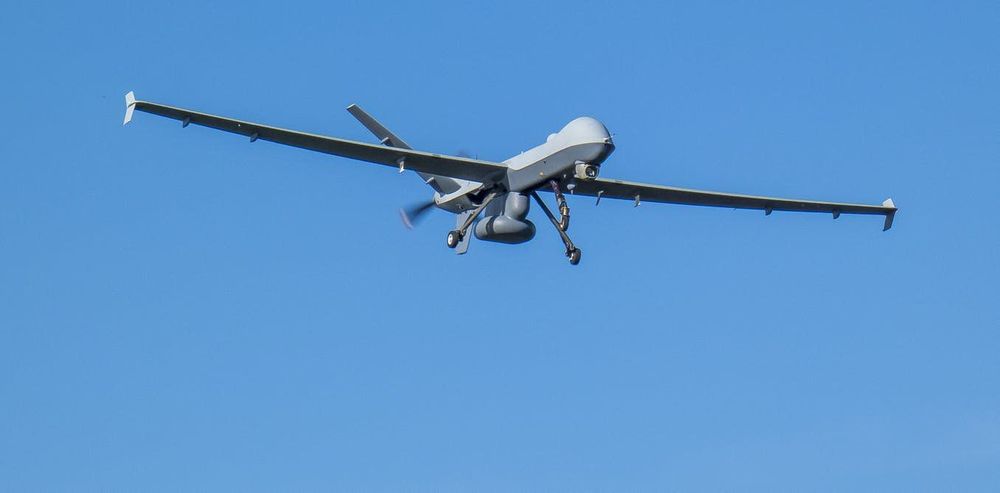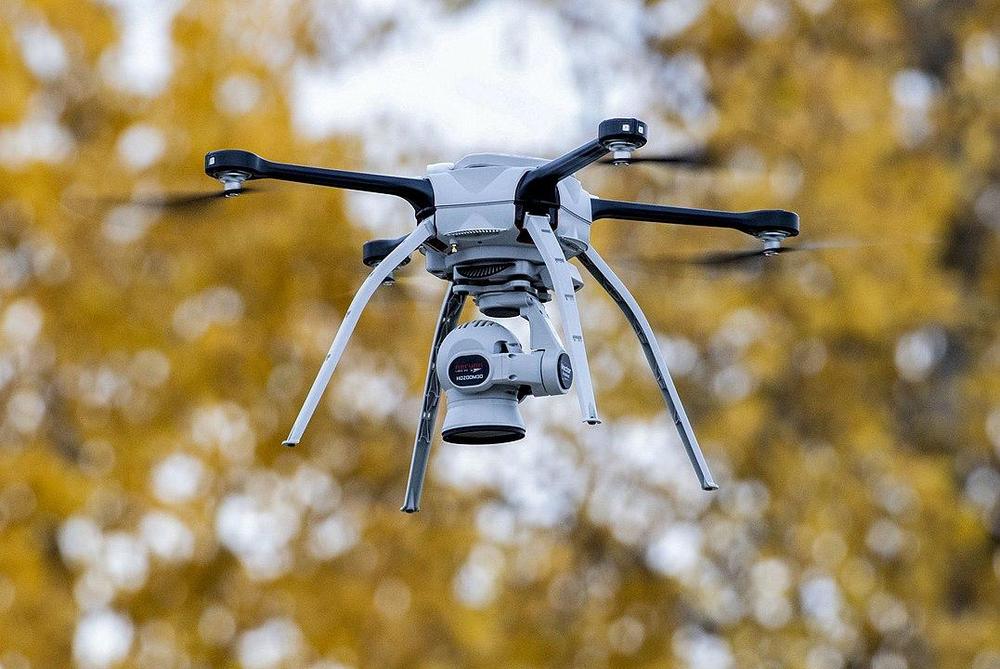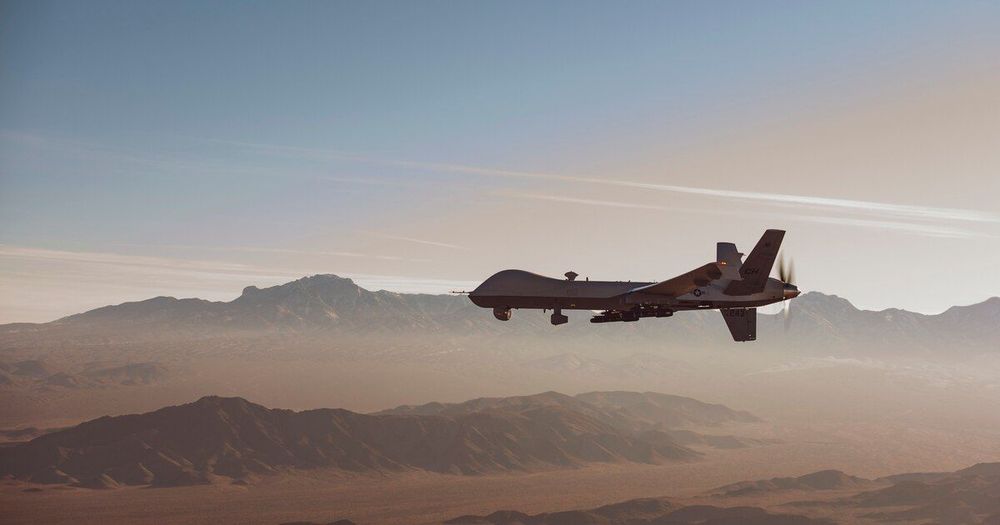More durable prosthetics and medical devices for patients and stronger parts for airplanes and automobiles are just some of the products that could be created through a new 3D printing technology invented by a UMass Lowell researcher.
Substances such as plastics, metals and wax are used in 3D printers to make products and parts for larger items, as the practice has disrupted the prototyping and manufacturing fields. Products created through the 3D printing of plastics include everything from toys to drones. While the global market for 3D plastics printers is estimated at $4 billion and growing, challenges remain in ensuring the printers create objects that are produced quickly, retain their strength and accurately reflect the shape desired, according to UMass Lowell’s David Kazmer, a plastics engineering professor who led the research project.
Called injection printing, the technology Kazmer pioneered is featured in the academic journal Additive Manufacturing posted online last week.






